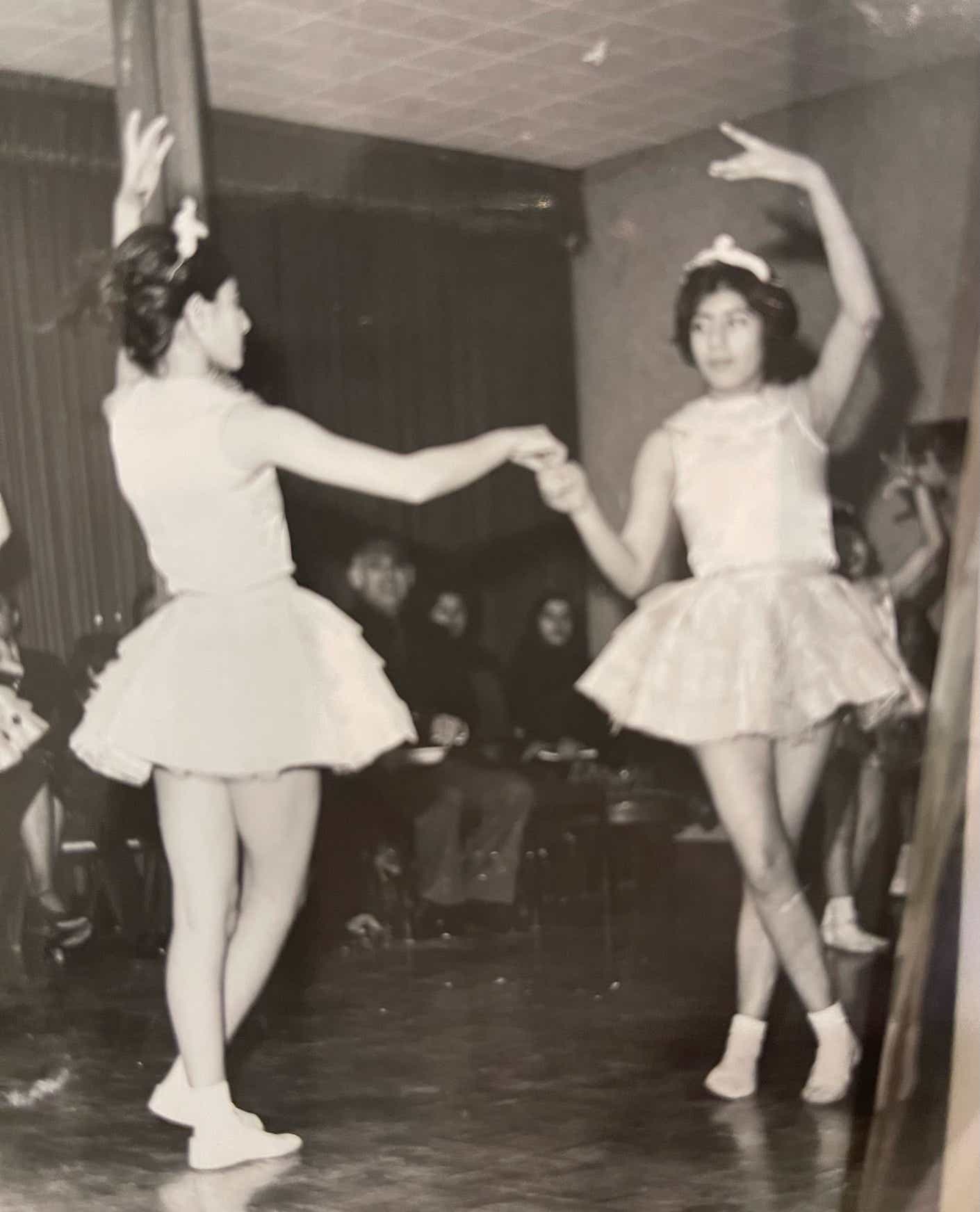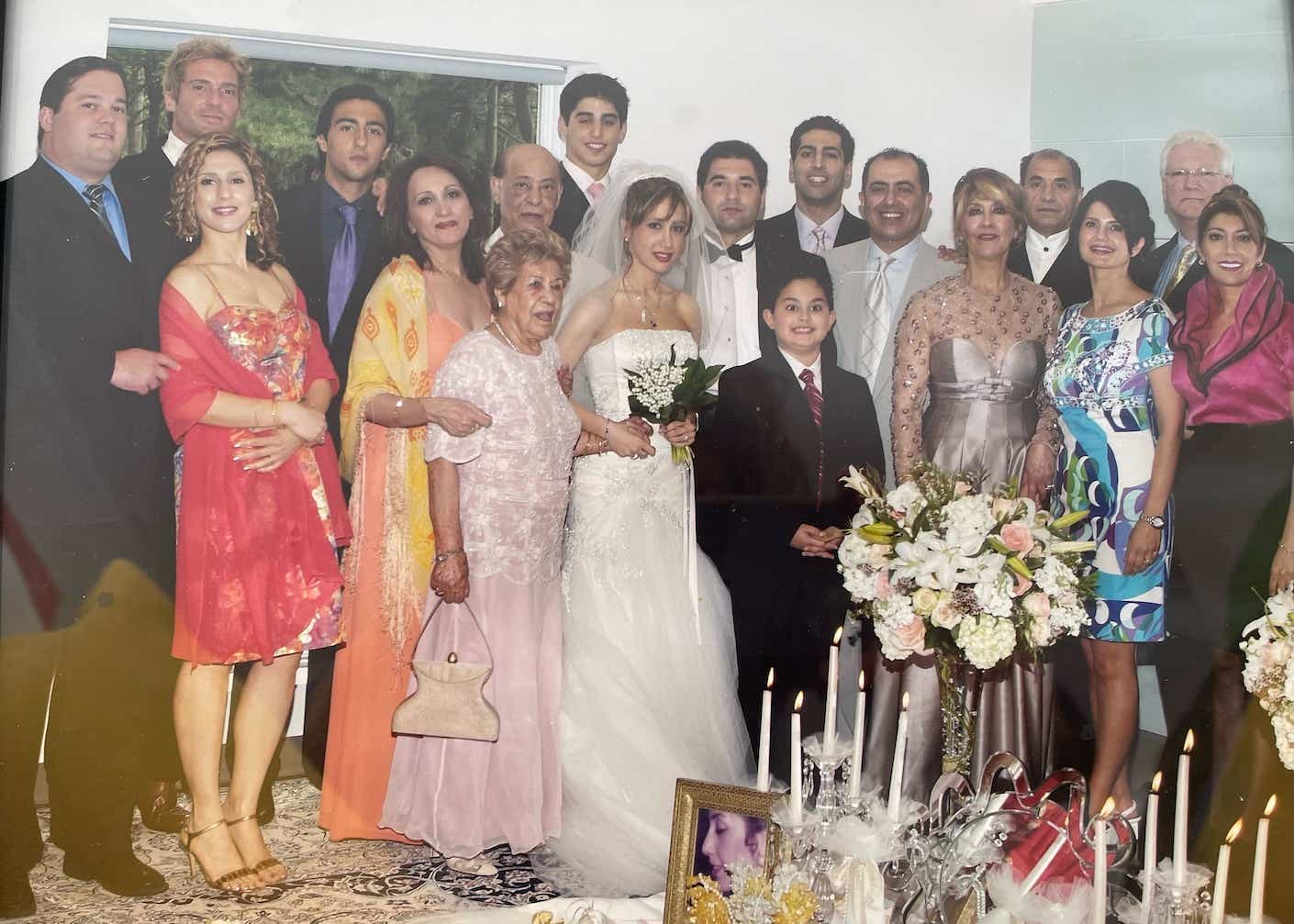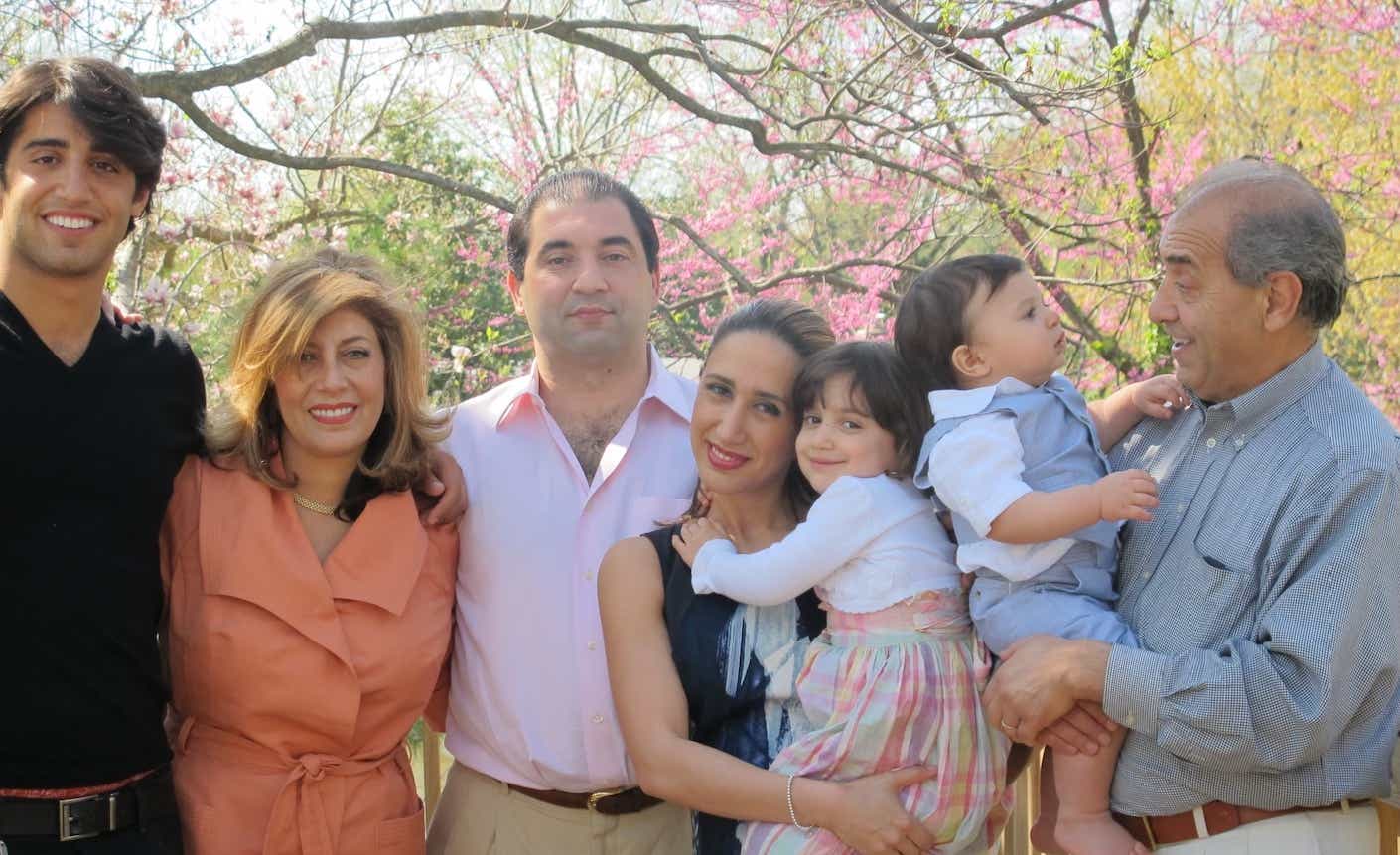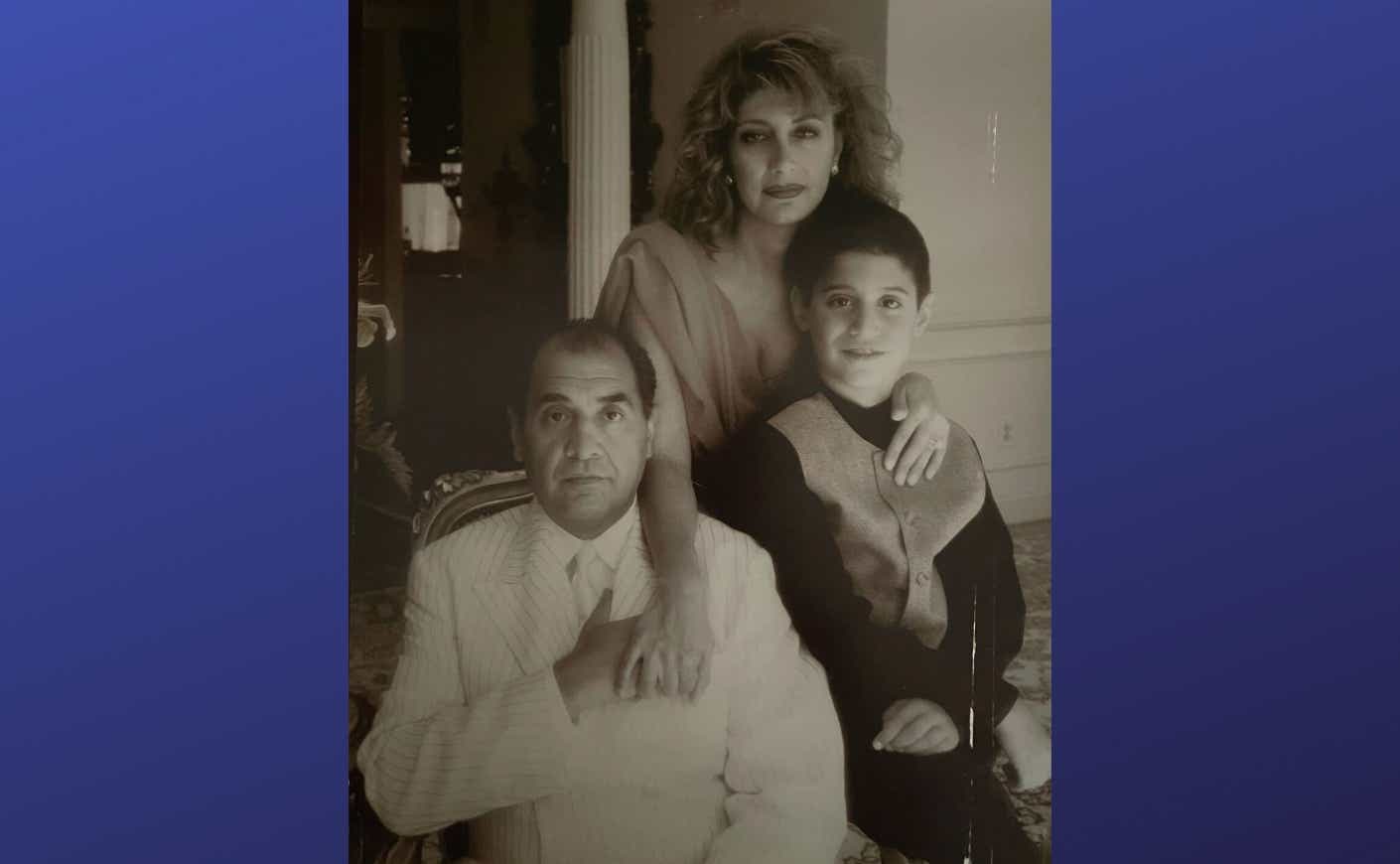Why I believe this may amount to be one of the most significant feminist movements of our lifetime.
I’m a first-generation, Farsi-speaking, loud and proud Iranian-American male. While I’ve never been to Iran, the country and its culture represent a large part of my identity.
My parents moved to the United States, separately, in the years leading up to the revolution of 1979. This was a revolution that was founded on hope but hijacked by hate; one that was meant to serve all Iranians but ended up silencing most. It spit in the faces of the true Iranian values of inclusivity, artistry, and freedom under the guise of “Islamic Purity.”
That said, without the revolution, my parents would never have moved to America — they probably would never have met. Without the revolution, I wouldn’t exist, but a potentially free Iran would.

My mother tried to take me to Iran when I was just a few months old. In the final stages of obtaining my passport from the Iranian Embassy, she learned the cold hard truth: By entering Iran with her newborn son, she would lose all parental rights. Simply because of her biology, because she was a woman, she would have no say over the life of the small human she’d spent nine months growing inside her. Under the current regime in Iran, parental rights are reserved exclusively for the father. What would’ve been my first trip to Iran was canceled immediately.
Thirty years later and I still have not visited my homeland. As a child of Iranian citizens, I am automatically eligible for citizenship. Legally, there is nothing preventing me from making the trip aside from one thing: All male citizens over the age of 18 are required to undergo a minimum of 18 months of military service to “defend” the “Glorious” Islamic Republic. No, thank you.
Even from thousands of miles away, the Iranian government continues to oppress its citizens and would-be citizens. Knowing the fear I have felt about the ruthlessness of this regime, I can only begin to imagine what life would be directly under their rule. And I am lucky enough — if you want to call it luck — to be a male.
I have a great deal of family left in Iran and no matter their position on political matters, their view about the Islamic Republic remains consistent: The government is an authoritarian disaster. Iran is a government that slams people into submission and the protests happening today only reinforce this point.
Many people may not know this, but there was another set of Iranian anti-government protests in 2009, known as the Green Revolution. This movement was significant, but it was in response to a presidential election that had just occurred. When the contested leader, Mahmoud Ahmadinejad, eventually took power, the movement was quickly squashed.
What makes today’s movement different is simple: This is not a response to a specific political event but rather an uprising against a general ideology. It’s one of the first revolutions that is primarily led by women who are sick and tired of being persecuted for just existing in a male-dominated world. The people of Iran have been used and abused for over four decades since the 1979 revolution, and the protests of today are the direct result of this.
When the news of Mahsa Amini’s death first broke, Iranians were not only outraged but they took it personally. Iranians all around the world saw Mahsa as an extension of themselves. Iranian women are painfully familiar with the repressive laws they must abide by, and to see one of their sisters murdered purely for not wearing her hijab “correctly” made them realize that any of them could have been Mahsa — and that without any change, they may end up just like her. This is especially true for the youth of Iran, which has only known the world of the Islamic Republic. The youth of Iran may not remember a world that was free, but thanks to globalization and social media, they see a world that could be. They see their counterparts in America living in freedom and are now demanding the same opportunities be afforded to them.

The regime has now killed over 200 civilians in response to the recent protests, and I am certain that number will continue to rise. To put this into perspective, Americans lost it when Donald Trump tear-gassed Black Lives Matter protestors for a photo-op. Now imagine if instead, the police just opened fire on them and killed them. For an American, like myself, it is hard to picture a world where this exists outside of Hollywood’s darkest dystopias, but for Iranians, it’s all too real.
I’ve had the privilege of growing up in the United States; a society that may not be perfect, but one that still values freedom above all else. It was because of this upbringing that I had the chance to flourish and become the 30-year-old man I am today. The freedoms I’ve been afforded, unlike my brothers and sisters in Iran, have allowed me to express myself in ways that have only helped me grow and learn about who I am and who I wish to be. I’ve had the chance to embrace my LGBT identity, chase my dreams of becoming a plastic surgeon, and learn to love myself in a way that many Iranians have never been allowed.
Seeing the events taking place in Iran over the past four weeks has presented me with yet another moment of personal reflection. When Mahsa Amini was first brutally murdered by the government, my first reaction was anger, but not surprise. I remember thinking, “That’s awful, but nothing new.” Mahsa’s death was not surprising, but it did turn out to be the match that would ignite a raging wildfire.

As an Iranian-American, I can confidently say that Iranian people are one of the most passionate groups of people in the world (for better or for worse, I should add). The Islamic Republic of Iran has tried to subdue its people for over 40 years now, and despite their use of every despicable tactic a government has in its arsenal, they continue to fail. The people of Iran cannot be silenced, and the events of the last four weeks prove this fact. It also proves to me that it’s not ridiculous to imagine a free Iran, but rather that it is inevitable.
Iranian women are leading the charge for a bright Iranian future and I will happily stand behind them and lift them up for as long as the Islamic Republic continues to strangle my people. Seeing the courage and bravery exhibited by the people of Iran in the face of pure brutality makes me want to do more, and it should do the same for you. Iranians are only asking for solidarity in their movement, which may amount to be one of the most significant feminist movements of our lifetime.
I stand for Iran, not only because I stand for my people, but because I believe everyone has the right to the freedoms I have been afforded throughout my life. I stand because I dream of a day that I can proudly visit to Iran, fly my rainbow flag, dance in the street with my Iranian sisters and brothers, and flip my hair in the face of any Mullah who thinks they should have the right to say who we can or cannot be.

The Iranian protests of 2022 are a moment in history that we should all stand up for, raise our voices, and do everything we can to ensure the freedoms of women all around the world.
Sean Saadat, MD, is a first-generation Iranian-American who grew up in McLean, VA. He is currently Chief Resident of Plastic Surgery at UCLA, pursuing his lifelong dream. Upon graduating in June of 2023, Dr. Saadat plans to open his own practice in Los Angeles focusing on aesthetic surgery.








